Origin of Kashmiri Namda Carpets
The craft of Namda-making is believed to have been introduced to Kashmir during the reign of Mughal emperor Akbar in the 16th century. The technique may have come from Central Asia, where felting has ancient roots, and evolved in Kashmir to suit local tastes and materials. Traditionally, Namda carpets were used to cover floors and provide insulation against the cold, which is crucial in Kashmir’s chilly climate.
# Why Kashmiri Namda Carpets Became Endangered
* Several factors contributed to the decline of Kashmiri Namda carpets:
1. Competition from machine-made carpets: Industrialization brought an influx of cheaper, machine-made alternatives that replaced handcrafted items like Namdas.
2. Loss of skilled artisans: The younger generation in Kashmir was less inclined to learn the traditional craft, leading to a shortage of skilled workers.
3. Declining demand: Changing tastes in home decor, both locally and internationally, reduced the demand for Namda carpets.
4. Economic and political instability: Ongoing conflict in the Kashmir region disrupted traditional industries, including carpet making.
# Historic Significance of Kashmiri Namda Carpets
* Kashmiri Namda carpets hold cultural and historical significance, particularly within the Kashmiri household. Historically, they were not just utilitarian items but also represented a family’s wealth and social standing. They were often used in palaces and by the aristocracy, and they symbolized Kashmir’s rich textile heritage.
* The unique designs of Namda carpets, featuring geometric shapes, floral patterns, and motifs inspired by Persian art, have historically represented the blending of Indian and Persian influences in Kashmiri culture.
# Process of Making Kashmiri Namda Carpets
The process of making Namda carpets involves:
1. Selection of wool: Wool is selected based on its quality and texture. Traditionally, sheep wool was used.
2. Felting: The wool is spread on a mat or jute base and sprinkled with soapy water. The wool is then compressed by rolling the mat, applying pressure and friction to bond the fibers together.
3. Designing and dyeing: Once the base is ready, intricate designs are added using colored wool or yarn. The colors are often derived from natural dyes like indigo, saffron, and cochineal.
4. Final touches: The felted carpet is sometimes further embroidered to add decorative elements and enhance its appearance.
# Why Kashmiri Namda Carpets Nearly Went Extinct:
* Several factors contributed to the near extinction of this craft:
1. Decline in Demand: The rise of modern carpets and machine-made alternatives led to a reduction in demand for handmade Namdas.
2. Loss of Artisans: The painstaking process of making Namda, coupled with insufficient remuneration, discouraged the younger generation from continuing the craft.
3. Economic and Political Challenges: Kashmir’s political instability and economic downturns also played a role in disrupting the traditional Namda-making communities.
4. Inexpensive Imports: Cheaper alternatives from other regions and countries flooded the market, further pushing the craft to the margins.
The Namda craft is labor-intensive and requires great skill, making it a valuable and culturally important artifact.

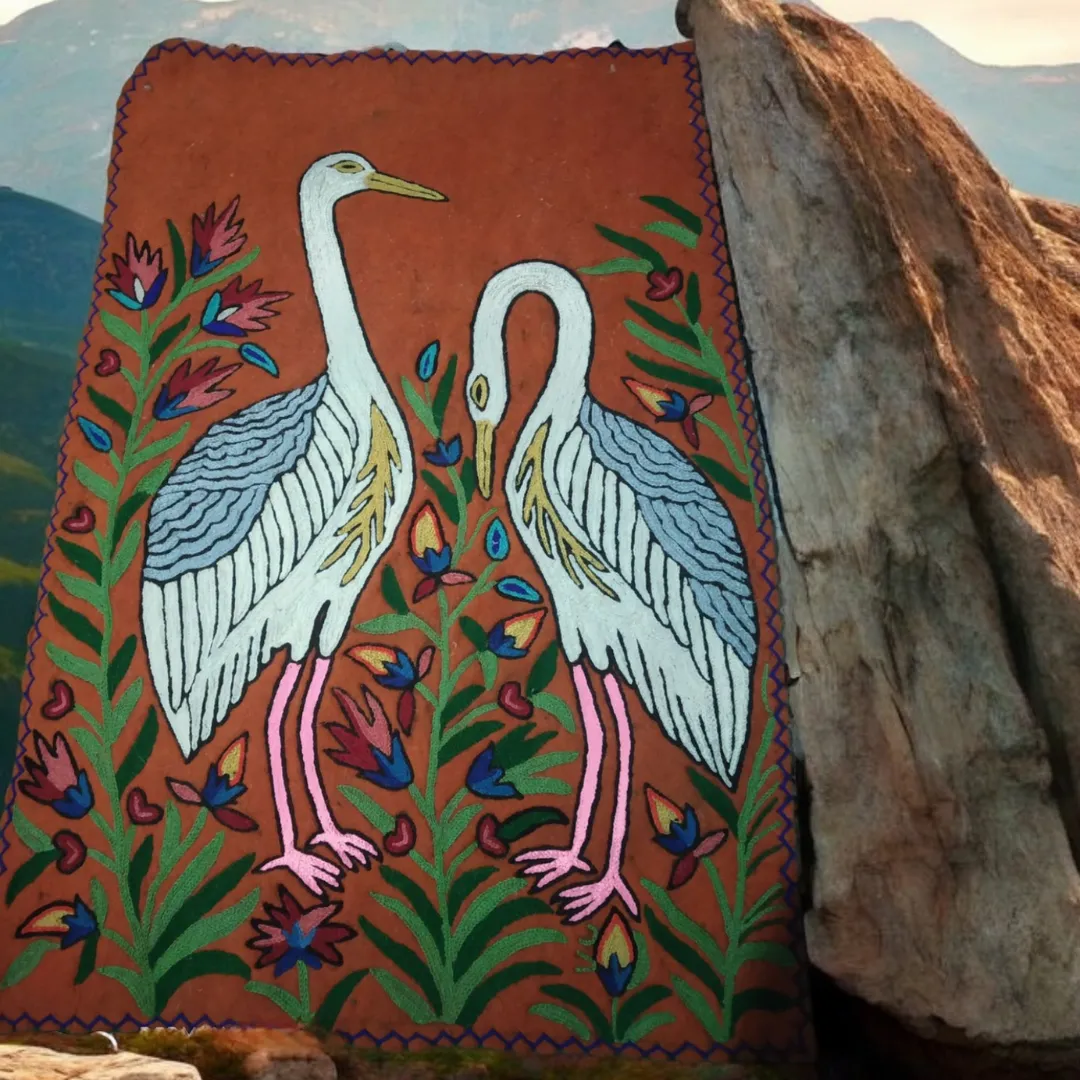
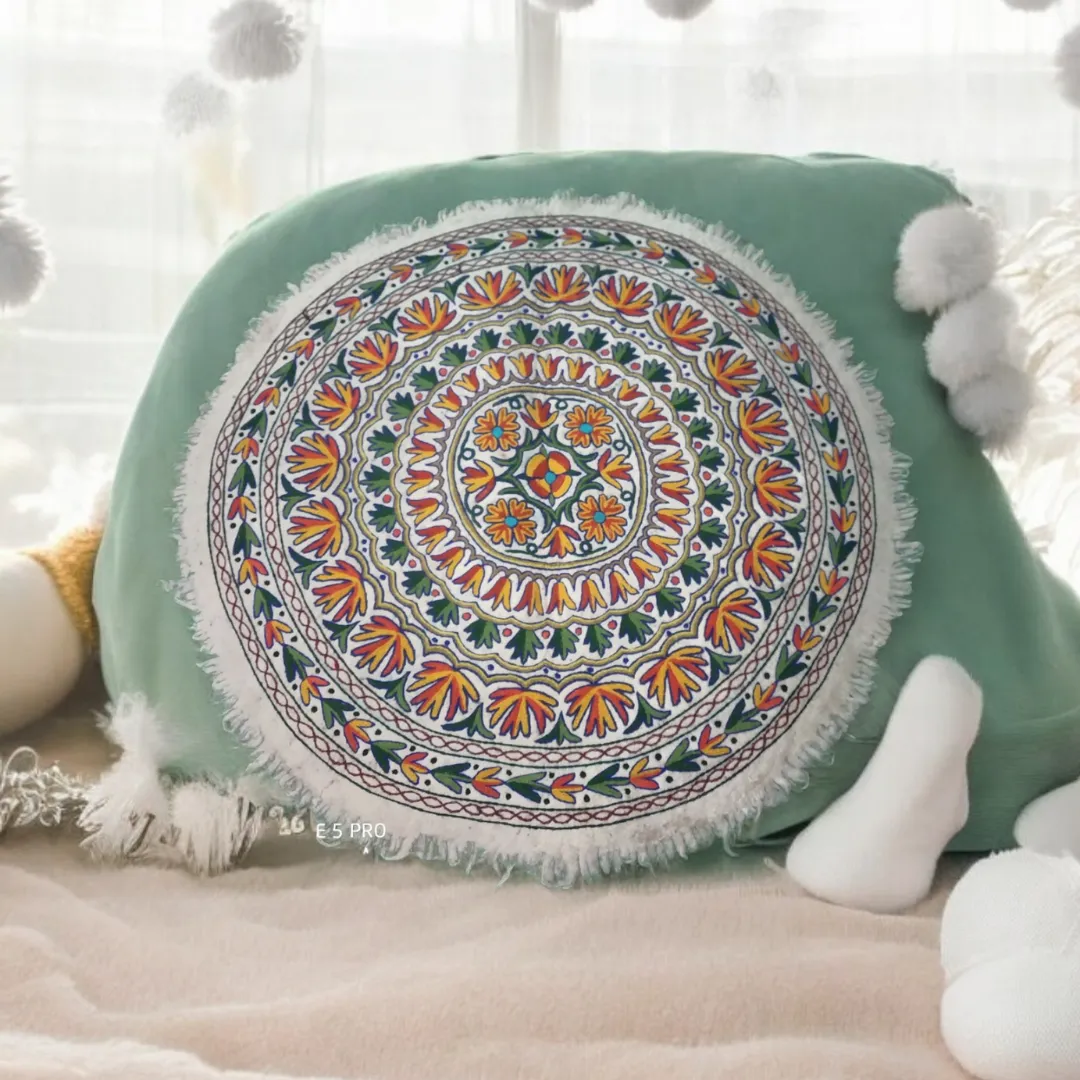
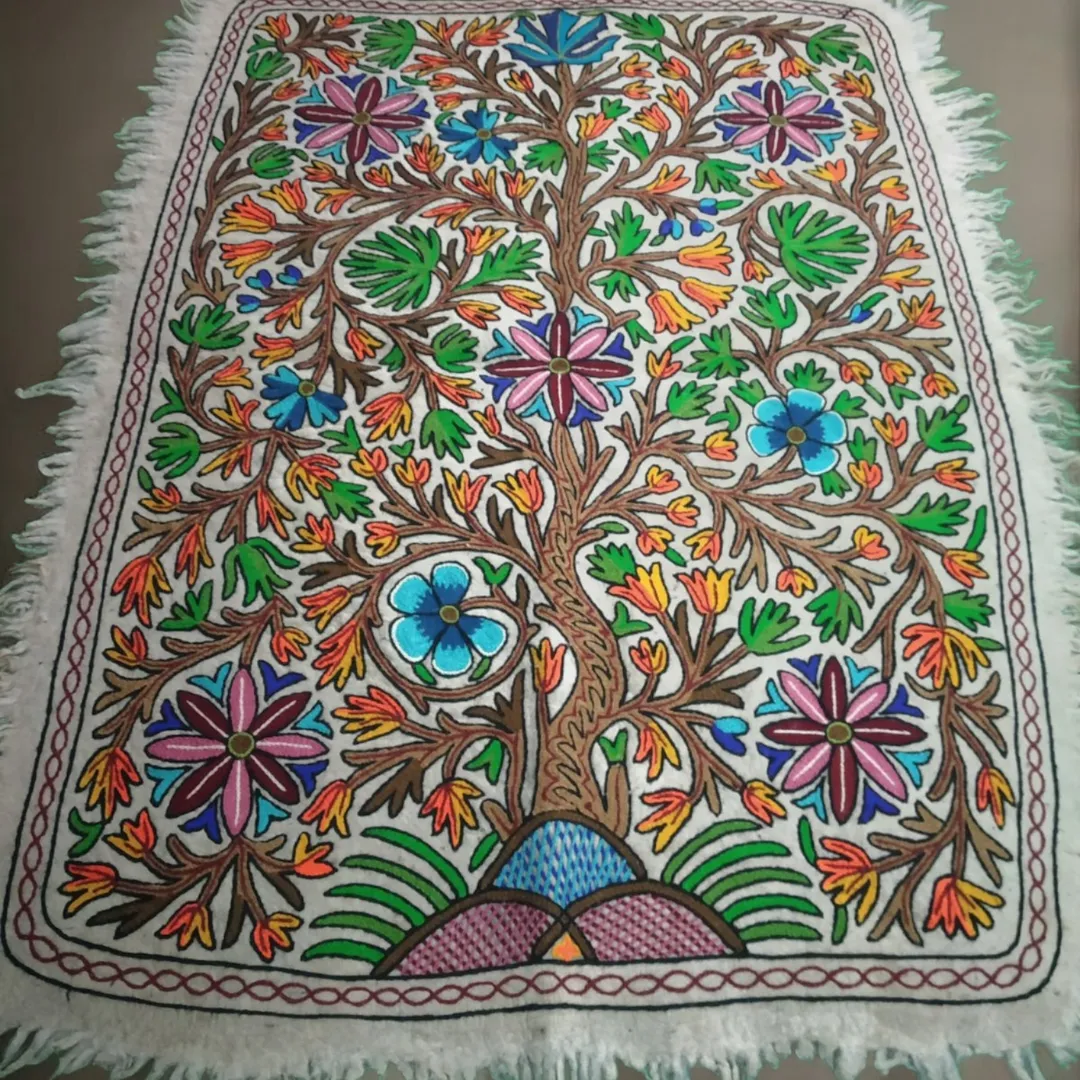
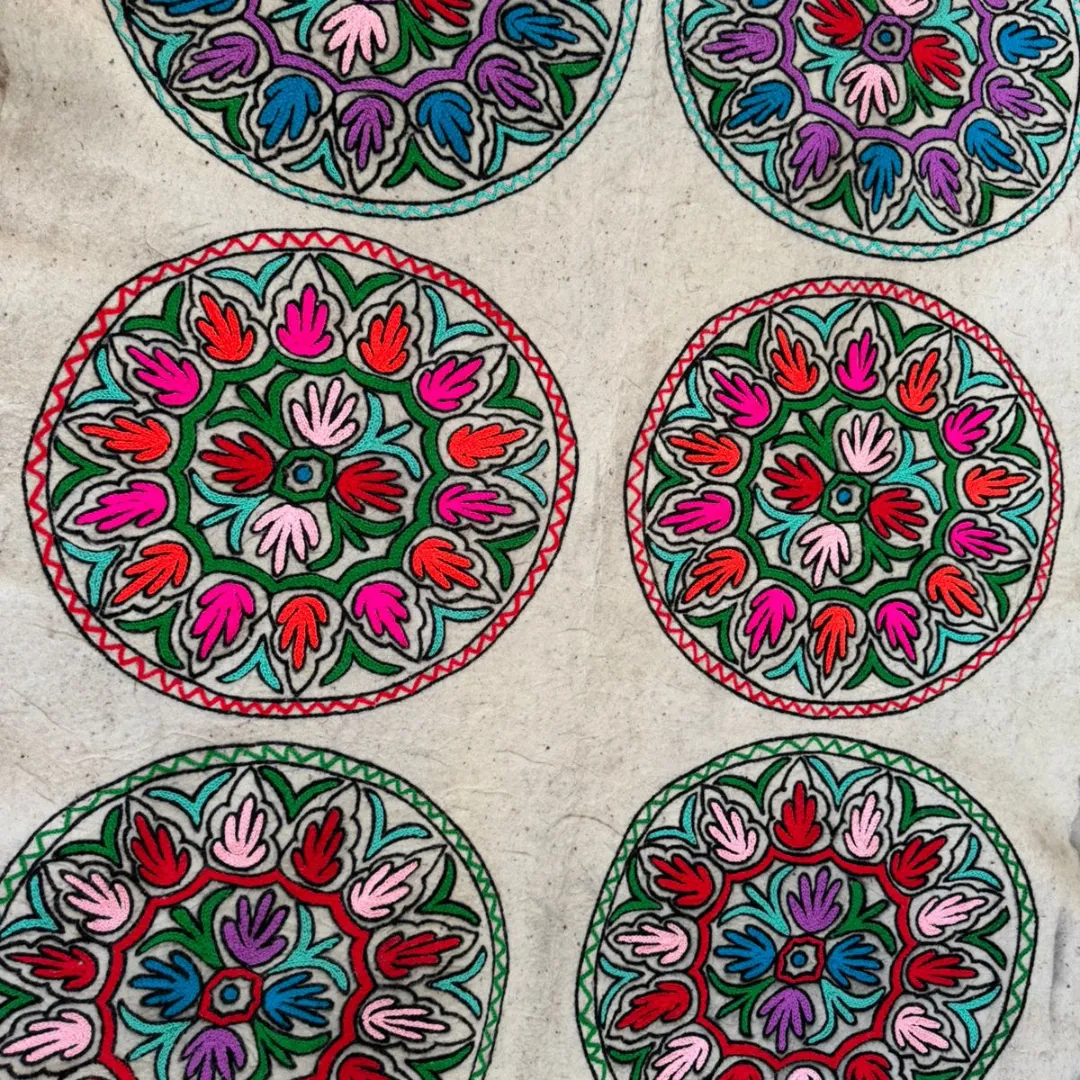
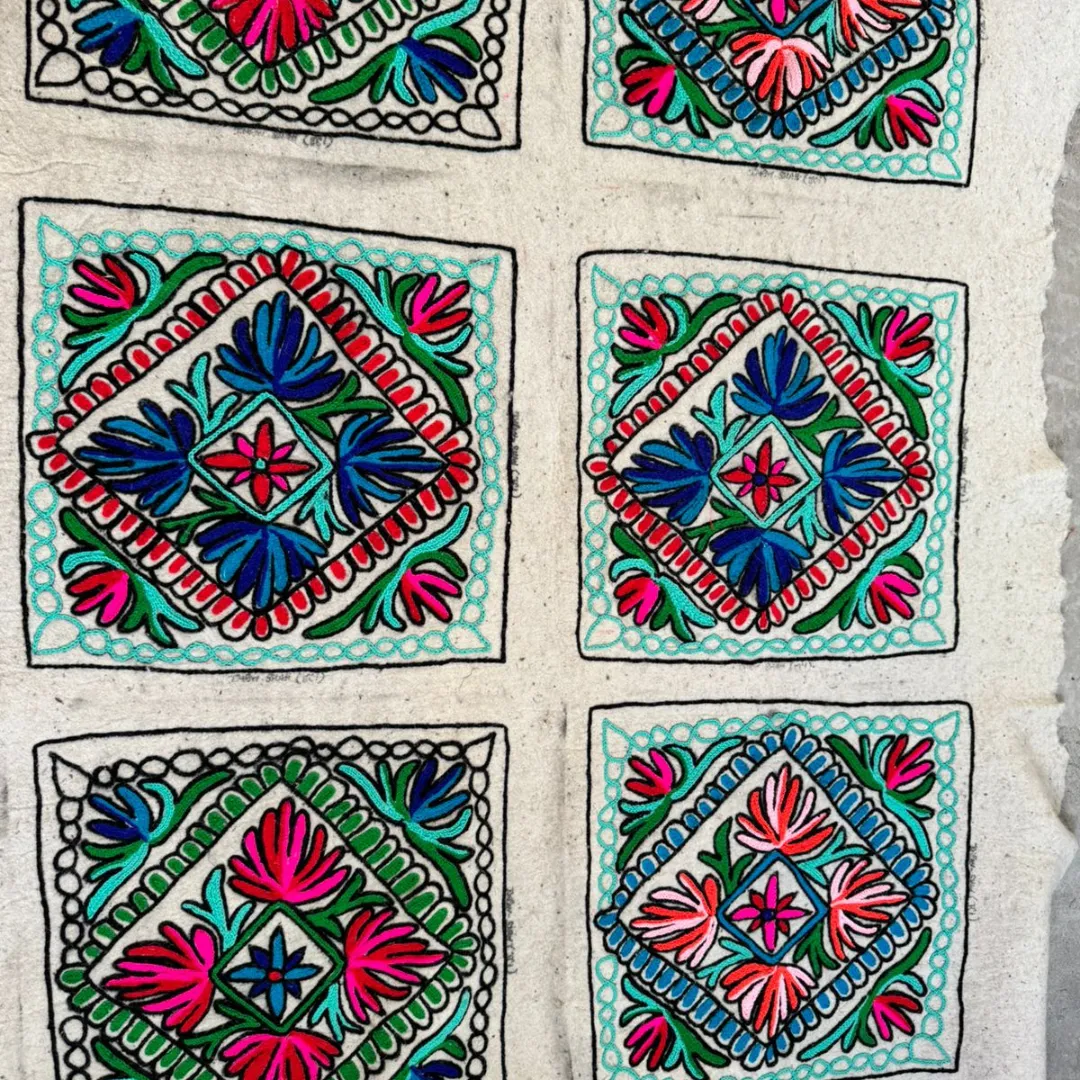
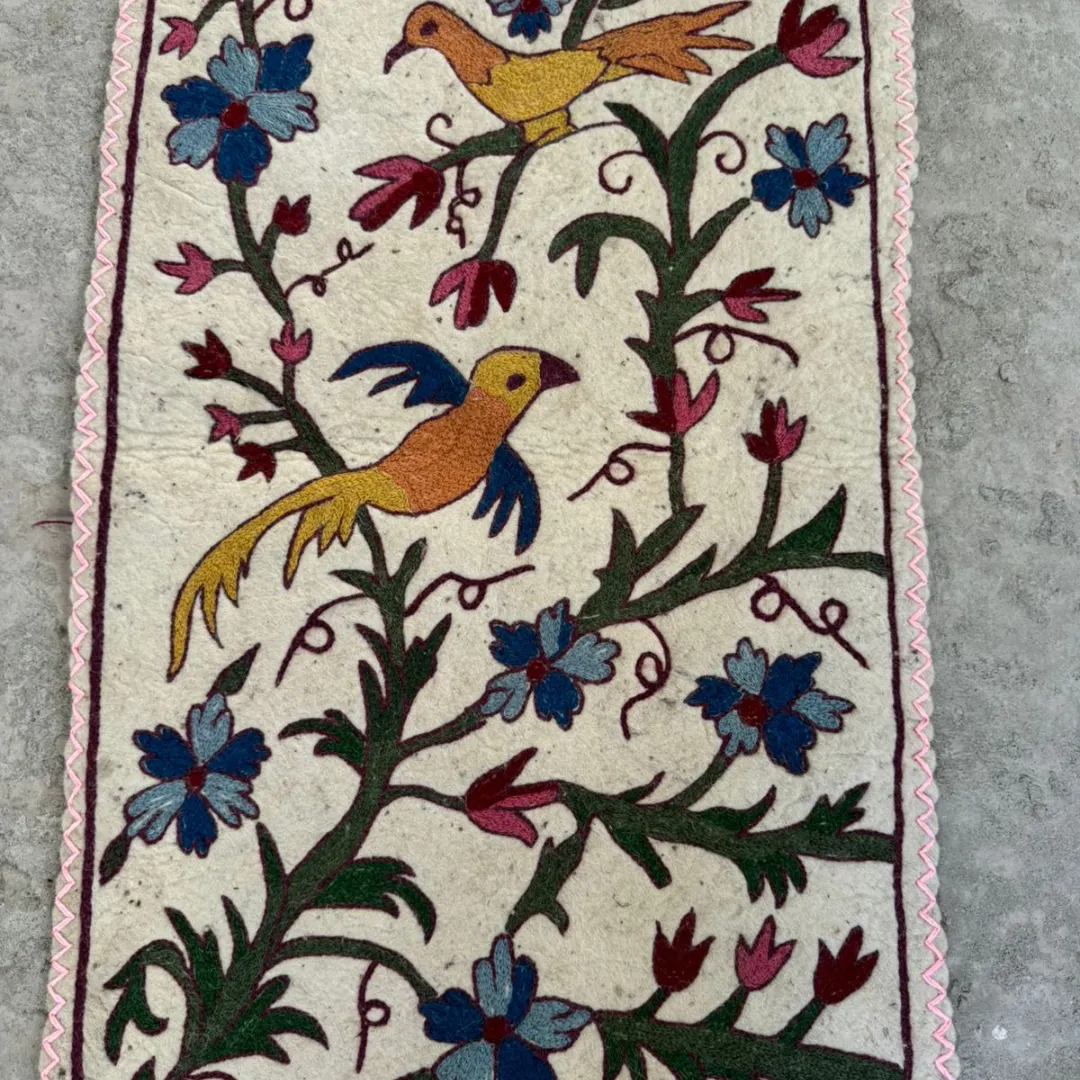


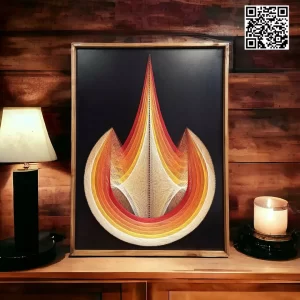
Reviews
There are no reviews yet.